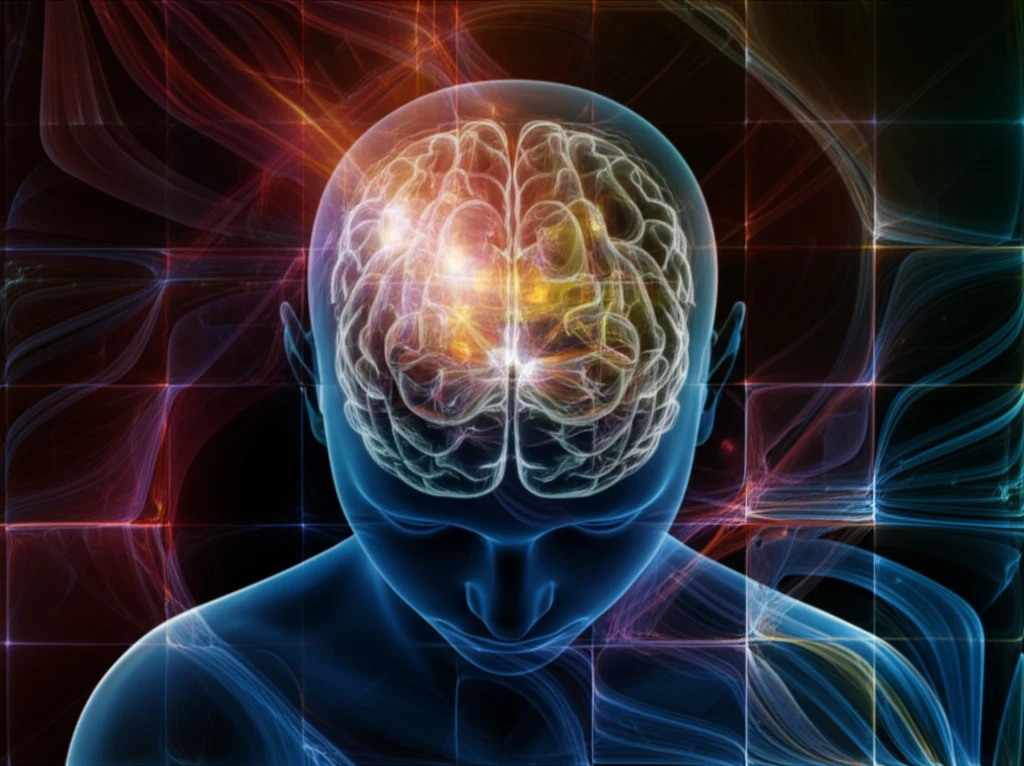
Unlocking the Secrets of Light: How Our Brains Decode the World's Colors
"Delving into the fascinating science behind lightness perception and the image features that shape how we see."
Our ability to perceive the world in vibrant color is a testament to the remarkable capabilities of the human visual system. But have you ever stopped to consider how we distinguish between a sunlit white object and a shadowed gray one? This seemingly simple task, known as lightness constancy, is a complex process that scientists are still striving to fully understand.
This research, published in the Journal of Vision, dives deep into the question of how our brains achieve this remarkable feat. The study, led by researchers at the Technical University of Berlin and York University, explores the image features that guide our perception of lightness. They use classification images to determine the visual cues our brains rely on and how these cues shape our interpretation of the world.
This groundbreaking study reveals surprising insights into the interplay of local image features, lighting boundaries, and our perception of lightness. By understanding how our brains process these visual cues, we can gain a deeper appreciation for the complexity of human vision and unlock new avenues for understanding visual illusions and computational models of perception.
The Argyle Illusion: A Window into Lightness Perception

The study uses the argyle illusion, a classic example of how our perception of lightness can be tricked. In this illusion, two patches of the same color appear to be different shades due to the surrounding context. This visual puzzle has long challenged scientists, making it an ideal case study for understanding the underlying mechanisms of lightness perception.
- Local Features Matter: The study found that our perception of lightness is heavily influenced by what's happening in the immediate vicinity of the objects we're looking at. The closer the elements, the bigger the impact.
- Lighting Boundaries are Key: The research highlights the importance of lighting frameworks. Our brains use the boundaries of light and shadow to interpret the scene, assigning lightness values based on these cues.
- Models vs. Humans: Interestingly, while the study found that human observers' judgments are guided by lighting boundaries, none of the models that the researchers tested (high-pass filter, oriented difference-of-Gaussians, anchoring, and atmospheric-link-function models) were able to fully replicate this effect. This suggests that current computational models still have room for improvement.
The Journey Continues
This research provides a valuable snapshot of the complex processes involved in human visual perception. It opens up new avenues for exploration into the mechanisms underlying human vision, encouraging further investigation into how our brains build our colorful and complex world. As the team continues their work, it's clear that the exploration of visual perception is an ongoing journey, filled with exciting discoveries that shed new light on how we see, and understand, the world.
